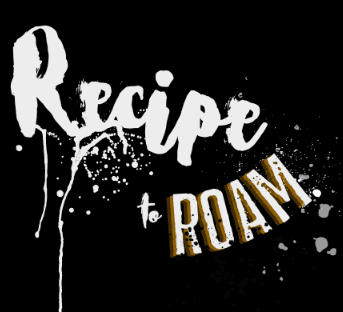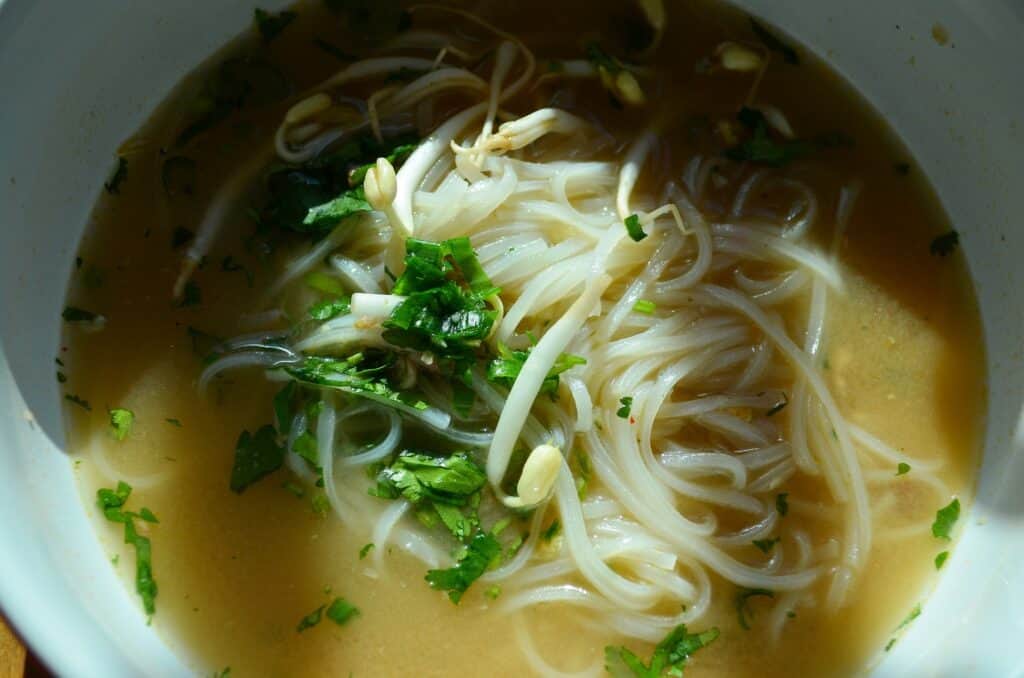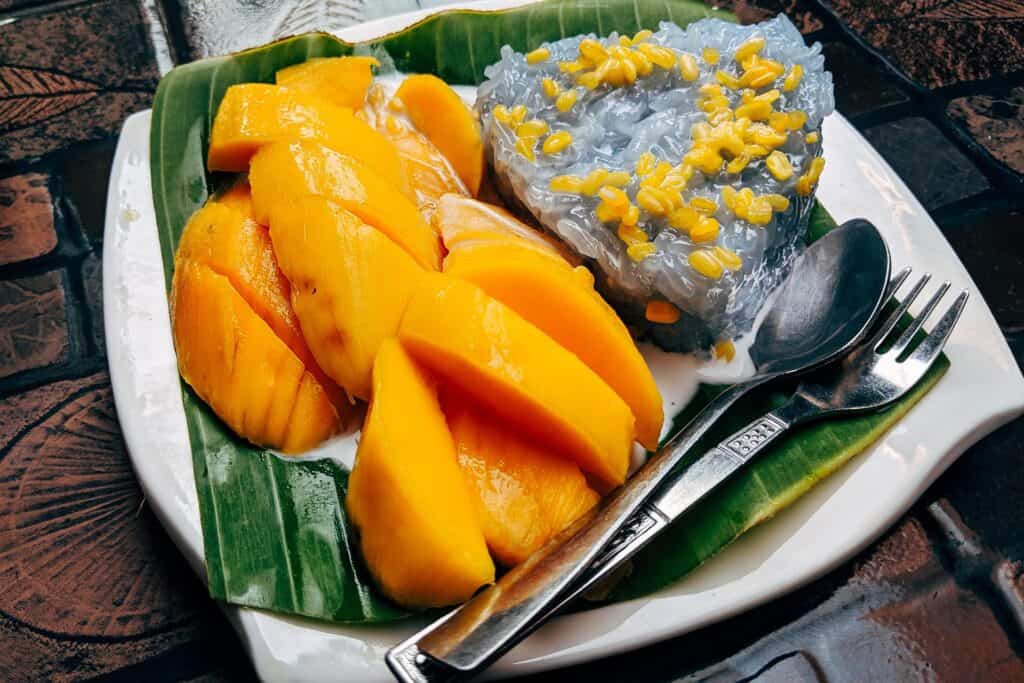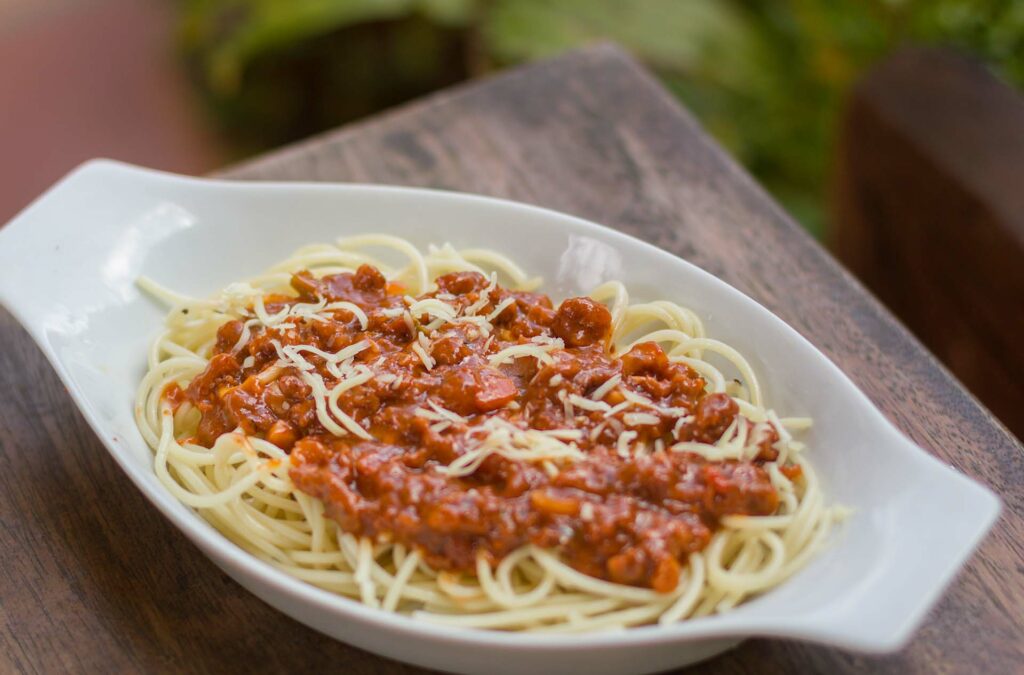First of all, I have to give credit where credit is due. This list originates from Sourdough by Science by Karyn Lynn Newman, PhD. It’s a baking book that has truly resonated with me, far surpassing anything else I’ve read on sourdough. If you want to learn to bake artisanal sourdough from the comfort of your home, this is the book for you. I’ve learned a lot from it and have begun a sourdough starter that will hopefully last a lifetime from what I’ve taken in by Newman’s teachings.
Flours Made from Common Wheat
All-Purpose Flour
All-purpose flour is your standard white flour that is arguably the most versatile of all types of flour. It is milled from either hard or soft wheat and has a moderate protein content of 10-12% after being sifted to remove the bran and germ. This type of flour can be used for everything from pies and pastries to bread and biscuits. All-purpose flour comes bleached or unbleached, with the bleached version being finer and having a slightly higher protein content.
Bolted Flour / Sifted Flour / Extracted Flour
Bolted flour is flour that has been sifted to remove the bran and germ, leaving only the endosperm. This type of flour is also known as extracted or sifted flour. The protein content of bolted flour is lower than that of all-purpose or whole wheat flour, making it better suited for delicate baked goods such as cakes, biscuits, and pastries.
Bread Flour
Bread flour is a type of wheat flour that has a higher protein content than all-purpose or unbleached flour. It is milled from hard wheat and has a gluten content of 12-14%. The high protein and gluten content makes bread flour ideal for, you guessed it, bread! This type of flour will give your bread a chewy texture with a slightly crisp crust.
The main difference between whole wheat flour and all-purpose flour is the coarseness of the grind. All-purpose flour is a medium grind that lies in between fine pastry flour and coarse bread flour. Whole wheat flour, on the other hand, is ground much more coarsely from the whole wheat berry, making it ideal for heartier baked goods like bread and rustic rolls.
While all-purpose flour can technically be used for any type of baking, each type of flour has specific qualities that make it better suited for certain tasks. For instance, whole wheat flour lends a denser texture and nuttier flavor to baked goods, whereas all-purpose or Cake Flour will produce something more tender and light.
Tipo 00
Answer: Tipo 00 flour is a high-quality Italian flour that is often used for pasta and pizza dough. The flour has a low protein content, which makes it ideal for delicate baked goods that don’t need to rise a lot. The flour is also finely ground, which makes it easy to work with and produces a light, airy texture in baked goods.
Vital Wheat Gluten
Answer: Vital wheat gluten flour is used as a binding agent in many recipes. It helps to hold the ingredients together and gives a chewy texture to baked goods. It’s also used as a bread improver, which makes bread dough more elastic and helps it rise higher.
White Flour
White flour can refer to any type of refined wheat flour that has been sifted to remove the bran and germ. Colloquially, it can also refer to all-purpose flour interchangeably.
White Whole Wheat Flour
White whole wheat flour is a type of wheat flour that is milled from white wheat. It has a similar protein content to all-purpose flour but with the added nutrition of whole wheat flour. White whole wheat flour can be used in place of all-purpose flour in most recipes, although it may produce a slightly denser end result.
Whole Wheat Flour
Whole wheat flour is a type of flour that is made from the entire wheat kernel, including the bran and the germ. It is a less refined option than all-purpose flour, and as a result, it has more nutrients and fiber. Whole wheat flour can be used for baking breads, cakes, muffins, and other baked goods. When baking with whole wheat flour, you may need to add additional liquid to your recipes since whole grains absorb more liquid than refined grains. You can substitute whole wheat flour for all-purpose flour in most recipes, but you may need to experiment to find the right ratio for your particular recipe.
Flours Made From Ancient Wheat
Durum
Durum flour is used for making pasta because of its high gluten content. It’s also sometimes used in breadmaking, although it doesn’t have as much gluten as bread flour and can result in a loaf that’s more crumbly than usual. Durum is commonly found in the form of semolina, best used as an accent flour rather than a main component.
Einkorn / Farro Piccolo
Einkorn flour is a type of whole wheat flour that is milled from an ancient variety of wheat known as Einkorn. This wheat has a lower gluten content than modern wheat, making it more suitable for people with gluten sensitivities. Additionally, Einkorn flour contains higher levels of some vitamins and minerals than regular whole wheat flour.
Einkorn flour can be used in most recipes that call for whole wheat or all-purpose flour. It can be substituted one-for-one in baking recipes, or used to make pasta, bread, and other dishes. When baking with Einkorn flour, you may need to add additional moisture to your recipe since this type of flour absorbs liquid more readily than other
Emmer / Farro
Spelt flour is a type of wheat flour that has a nutty, slightly sweet flavor. It’s often used in baking breads, rolls, and muffins. Spelt flour can be used as a substitute for other types of wheat flour in most recipes. When substituting spelt flour for all-purpose or whole wheat flour, you may need to add a little more liquid to your recipe. Spelt flour is also available in whole grain form, which contains the bran and germ from the wheat kernels. This makes it more nutritious than refined spelt flour, but it also gives baked goods a coarser texture.
Khorasan
Khorosan spelt is an ancient grain that has recently become popular in the baking world. It is high in protein and fiber, and has a nutty flavor that makes it a great substitute for traditional wheat flour.
Some people find that spelt khorosan causes less gluten sensitivity than traditional wheat flour, so it’s a good option for people who have trouble digesting gluten. It can be used in any recipe that calls for wheat flour.
Spelt / Dinkel / Farro Grande
Farro grande flour is a type of wheat flour that is most commonly used in Italy. It is made from durum wheat, which is the same type of wheat that is used to make semolina flour. Farro grande flour has a high protein content and a coarse texture.
Most often, farro grande flour is used to make pasta. The flour can also be used for pizza doughs and some types of breads. When making pasta with farro grande flour, it is important to use a lower temperature when cooking the noodles so that they do not become chewy or tough. If you are looking for a delicious and healthy alternative to other types of pasta, then definitely give faro grande pasta.
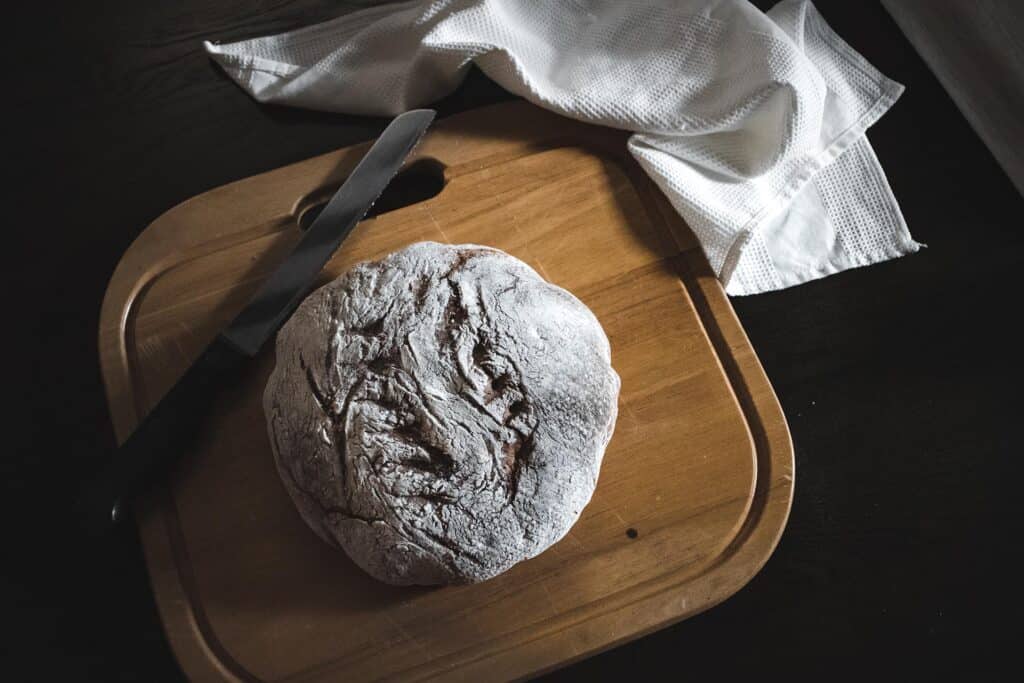
Non-Wheat Flours
Amaranth
Amaranth flour is made from the tiny, grain-like seeds of the amaranth plant. The plant is a native of South America, but it’s now grown all over the world.
Amaranth flour is high in protein, fiber, vitamins and minerals. It can be used to make bread, tortillas, pancakes, and other baked goods. It can also be used as a thickener for soups and sauces. It also contains lysine, an amino acid that is not found in most other grains. This makes amaranth a good choice for people who follow a gluten-free diet.
Barley
Barley flour is a type of whole grain flour that is made from ground barley. It is generally used in baking because of its high nutritional value and its ability to produce a dense, moist texture in baked goods. Barley flour is also high in fiber, which can help to regulate digestion, and it is a good source of vitamins and minerals, including folate, magnesium, and selenium.
Buckwheat
Buckwheat flour is a great way to add nutritional value and flavor to breads. It is high in protein, fiber, and minerals, and has a slightly nutty flavor that goes well with many other flavors.
Some people find buckwheat flour to be a bit gritty if used too heavily, so it is often mixed with other flours such as wheat flour or all-purpose flour. However, it can also be used on its own in recipes that call for a smaller amount of flour.
Corn
Corn flour is used in combination with other flours to give a bread a more complex flavor. When ground coarsely, corn flour can be used like semolina to dust a baking pan to prevent the dough from sticking.
Diastatic Malt Flour
Diastatic malt flour is a type of malt flour that contains enzymes that break down starch into fermentable sugars. These fermentable sugars are then used by yeast to produce carbon dioxide and alcohol.
Diastatic malt flour is often used in breadmaking to improve the flavor, texture, and rise of bread. It can also be used to help your dough stay more elastic, which can lead to a more consistent loaf shape.
Millet
Millet flour originates from Africa, often used to add an extra crunch or for its nutritional benefits. Millet flour contains B-vitamins, iron, magnesium, and fiber.
Oats
Rolled oats are a fantastic ingredient to use when baking bread. They add a lovely texture and flavor to the bread, and also help to keep it moist. I like to use them in combination with other flour types, such as whole wheat or rye. You can add them into most recipes that call for flour, or simply use them as a top layer on your dough before baking. If you’re looking for a really great oatmeal bread recipe, I highly recommend Nancy Silverton’s popular cookbook, “Breads from the La Brea Bakery.”
Rice
Rice flour is often used for baking bread because it produces a lighter, softer texture than wheat flour. It can also be helpful for people who are gluten-free or have celiac disease. When substituting rice flour for wheat flour, you will usually need to use less of it since it is not as dense. You may also need to add more liquid to your recipe. Adding a teaspoon of xanthan gum per cup of rice flour can also help to mimic the gluten in wheat flour and make your baked goods more resistant to crumbling.
Rye
Rye flour is a unique type of flour that can be used for baking bread. Breads made with rye flour tend to be denser and have a more hearty flavor than breads made with other types of flour. Additionally, rye flour can help to give bread a more “rustic” appearance. When using rye flour in baking, it is important to keep in mind that it does not work well as a substitute for other types of flour. It is best used in recipes that specifically call for it.
